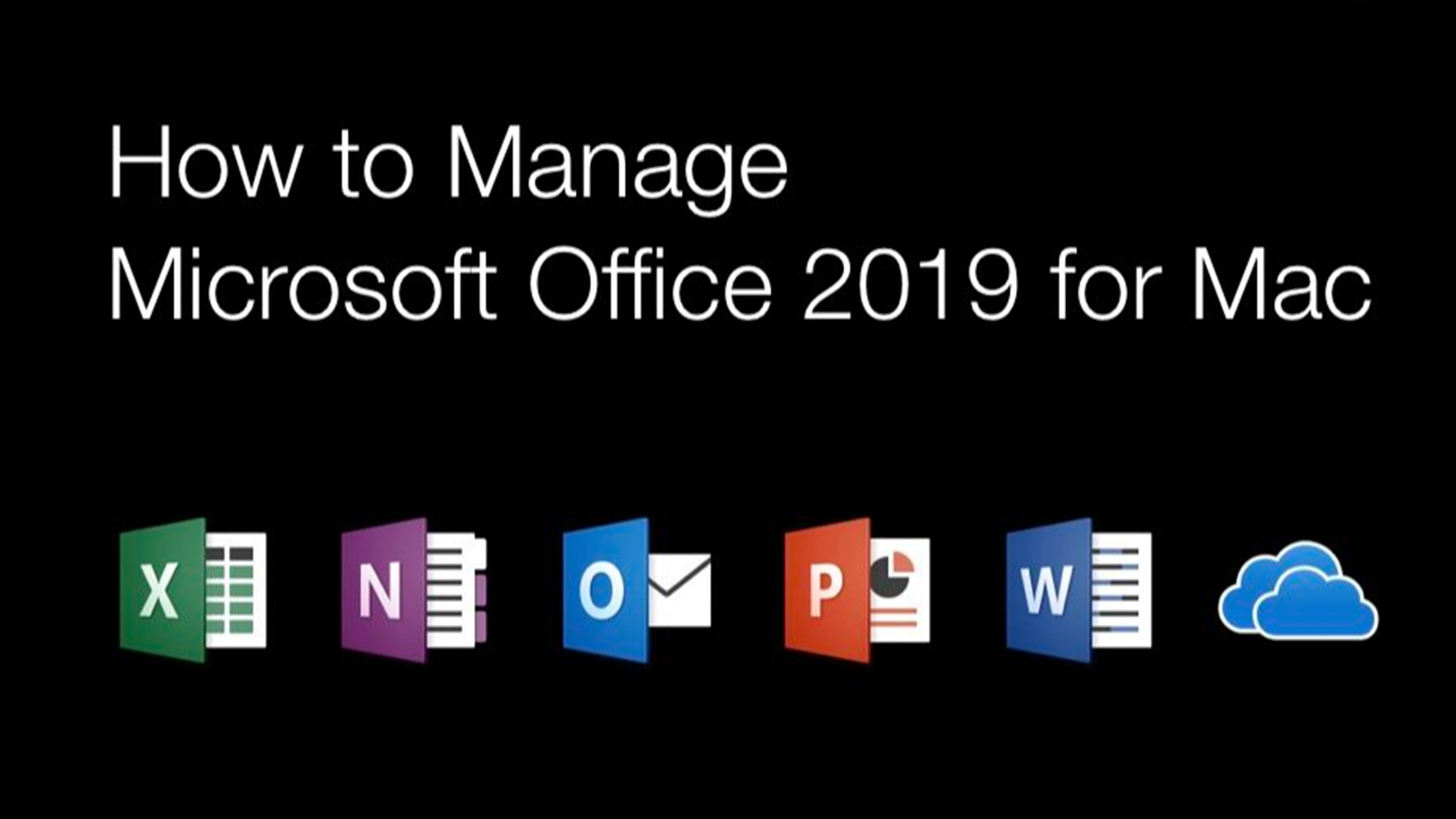

Word: Microsoft Word 2013/Word Options/Advanced/File Location/ and change the Default File Location Excel: Microsoft Excel 2013/Excel Options/Save and change Default file location Both of them works fine.
:max_bytes(150000):strip_icc()/013-set-up-microsoft-onedrive-for-mac-2260846-152a376bcf6d462d8e5a903b016b6cd5.jpg)
In the Open dialog box, browse to the folder that contains the Normal.dotm file. Based on my tested in my environment, I went to set the Default File Location via group policy. First, you can change the default in the Open dialog box - look for the two buttons at the upper left of the dialog. Other than carping, I had two useful things to add. If you open Normal.dotm from the Finder, Word will create a new blank document based on the template. So I need to change from iCloud to my hard drive and click the expand button every time I save a new file in TextEdit, Pages, Keynote or Preview. To change the default number of worksheets in a new workbook, choose File > Options, pick the General category, and specify the desired number of sheets in the Include this many sheets setting. To make changes to Normal.dotm, you must open the file from Word. The default is number of worksheets is 1 in Excel 2013 and earlier, the default is 3. You can customize the Normal template and change default settings for many aspects of a document, such as text formatting, paragraph formatting, document formatting, styles, text, pictures, AutoText entries, and keyboard shortcuts. On the Format menu, click Document, and then click the Layout tab.Ĭhange other default settings in the Normal template For example, the layout attributes for new blank documents are based on the Normal template. On the Format menu, click Document, and then click the Margins tab.Ĭhanging the default layout in any template means that the section breaks, headers and footers, and other layout attributes are used in every new document that is based on that template. For example, the margins for new blank documents are based on the Normal template.

Make any changes that you want, and then click Default.Ĭhanging the default margins in any template means that the margin settings are used in every new document that is based on that template. On the Format menu, click Font, and then click the Advanced tab. Open the template or a document based on the template whose default settings you want to change. For example, the character spacing for new blank documents is based on the Normal template. Changing the default font also changes the Normal style, which affects any other style that is built on the Normal style.Ĭhanging the default character spacing in any template means that the settings for scale, spacing, position, kerning, and other typographic features are used in every new document that is based on that template. Note: Most of the styles in Word are based on the Normal style.


 0 kommentar(er)
0 kommentar(er)
